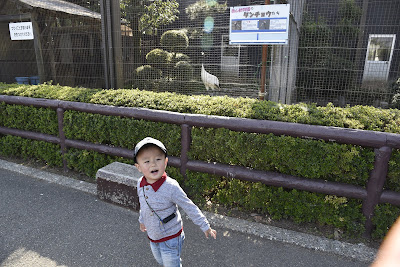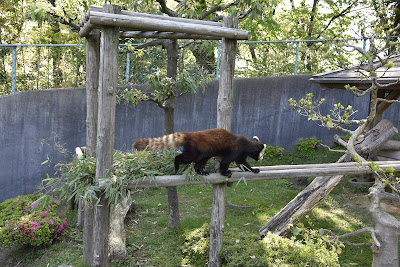Because it was held one month earlier, I was able to enjoy the concerts in the refreshing air before the rainy season. In the daytime, drinking Orion Beer in the open air was great! (H.S)
On the first day, it began with Okinawan
classical dance
“THE SAKISHIMA meeting”
They are a really nice duo, of whom I am a fan.
Yukito Ara from Ishigaki Island
Isamu Shimoji from Miyako Island
It is called Sakishima combining Ishigaki Island
and Miyako Island.
Members of ”Ryukyu-koku Matsuri Daiko" Nara
branch
They always perform powerful Eisa (Okinawan traditional performance).
“Yui
Yui Sisters”
Although the group name is ‘sisters’,
actually the two members facing
the observers’ right are mother and daughter.
In Okinawa, it
seems like there are many groups who perform with family.
The
last performer was “DIAMANTES”.
They were just perfect for summer and so exciting.
It was held in Kasugano-enchi, where is located in the back of Nara
Park and has view of Mt. Wakakusa behind it. The performers were impressed with
such a beautiful location.
A
deer was alone near Sarusawa-Ike Pond.
It was standing frozen, because a big dog on
a walk was coming this way.
Of course, the dog was on the lead, but I
could feel the tension of the deer.
Animals usually look relaxed and easy, but
they may have many cares.
I saw it this year again.






















































